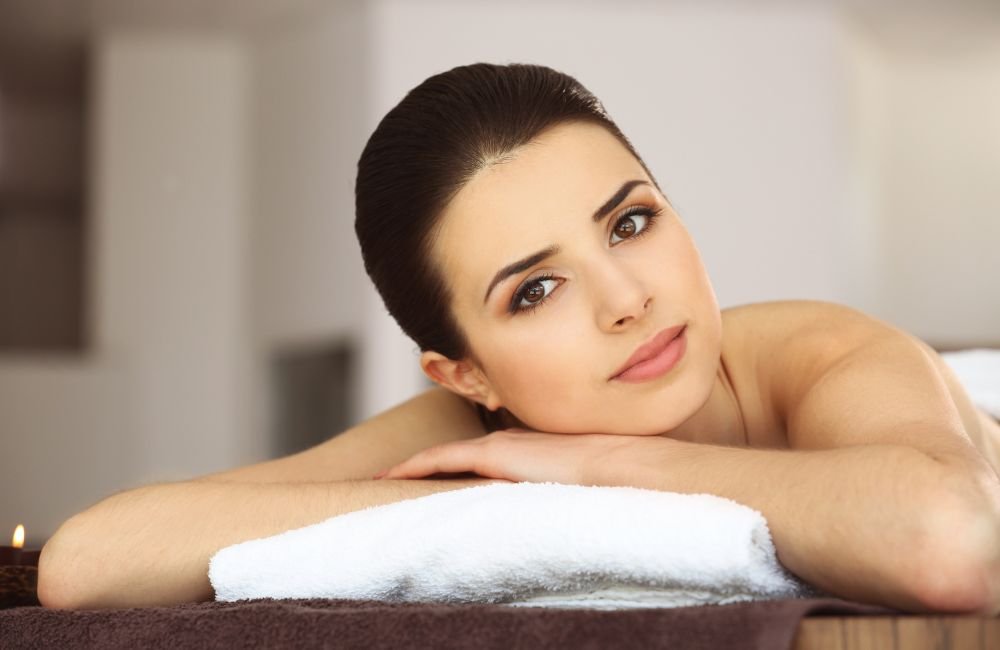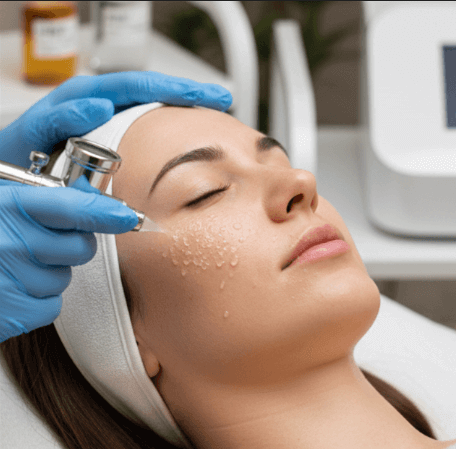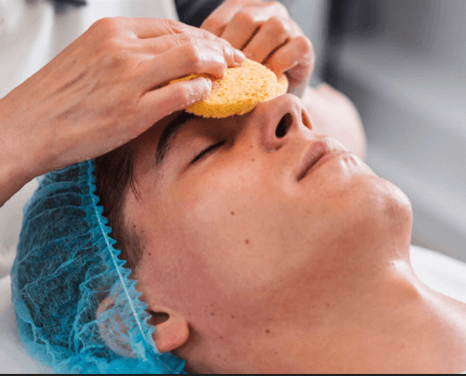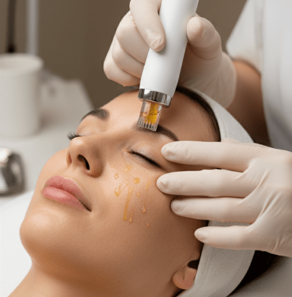South Korea has emerged as a top destination for regenerative medicine and advanced skin treatments like exosome therapy. International patients travel from around the world to experience Korea’s cutting-edge medical technology combined with exceptional patient care. However, planning your trip carefully can make your medical journey smoother, safer, and more comfortable.
This comprehensive guide offers practical travel and accommodation tips specifically tailored for international patients visiting Korea for exosome therapy.
1. Planning Your Travel Dates
- Schedule Treatments Wisely: Exosome therapy usually involves multiple sessions spaced weeks apart. Plan your travel dates to accommodate the full treatment course or at least the initial sessions.
- Allow Time for Recovery: Schedule some downtime post-procedure for rest and skin healing, especially if combining exosomes with laser or microneedling.
- Consider Local Holidays: Avoid Korean public holidays like Lunar New Year (Seollal) or Chuseok when clinics may close or have limited services.
2. Visa Requirements and Entry Process
- Visa-Free Entry: Many countries have visa-free agreements with Korea for short-term visits (up to 90 days). Check the Korean Immigration Service website for your country’s rules.
- Medical Visa Options: For longer treatment plans, consider applying for a C-3-3 medical tourism visa, which may allow extended stays.
- Required Documents: Carry your clinic appointment confirmation, medical referral letters, and travel insurance details to present at immigration if asked.
- COVID-19 Guidelines: Stay updated on Korea’s current travel restrictions, quarantine policies, and vaccination requirements before departure.
3. Airport Arrival and Transportation
- Incheon International Airport (ICN): Most international flights land here. It is well-equipped with medical tourism desks and language support.
- Airport Transfer: Many clinics provide free or paid airport pick-up services. Alternatively, taxis, AREX express trains, and shuttle buses connect the airport to Seoul and other cities.
- Local Transport: Korea’s public transport system is safe, clean, and efficient. Use the T-money card for easy travel on buses, subways, and taxis.
4. Choosing Accommodation Near Clinics
- Location Matters: Select accommodation near your clinic to reduce commute time and fatigue, especially after treatments.
- Popular Medical Tourism Areas: Gangnam, Myeongdong, and Apgujeong in Seoul are hubs with many clinics and nearby hotels or serviced apartments.
- Hotel vs. Serviced Apartment: Hotels offer convenience and amenities; serviced apartments provide kitchen facilities for longer stays and more independence.
- Booking Tips: Use trusted platforms like Booking.com or Airbnb with verified reviews. Consider flexible cancellation policies.
5. Budgeting for Accommodation
- Affordable Options: Guesthouses and budget hotels start around $30–$50 per night.
- Mid-Range: Business hotels and boutique accommodations typically cost $70–$150 per night.
- Luxury: Upscale hotels near medical districts may charge $200+ per night.
- Package Deals: Some clinics offer combined treatment + accommodation packages at discounted rates.
6. Local Amenities and Comfort
- Pharmacies & Convenience Stores: Pharmacies near clinics can fill prescriptions or recommend skincare products. Convenience stores are ubiquitous for snacks, water, and essentials.
- Dining Options: Korean cuisine is diverse and healthy; many international patients appreciate restaurants offering vegetarian, gluten-free, or mild options.
- Rest and Wellness: Look for accommodations with amenities such as quiet rooms, good heating/air conditioning, and wellness facilities like spas or fitness centers.
7. Communication and Language Assistance
- Language Barrier: While many clinic staff speak English and other languages, learning basic Korean phrases or using translation apps (e.g., Papago, Google Translate) can ease daily life.
- SIM Cards and Wi-Fi: Purchase a local SIM card at the airport or rent a portable Wi-Fi device for reliable internet access.
- Clinic Coordination: Use your clinic’s patient coordinator for appointment reminders, transport help, or emergency contacts.
8. Cultural Tips for a Smooth Visit
- Respect Clinic Protocols: Korean clinics maintain strict hygiene and patient flow protocols; follow instructions closely.
- Punctuality: Arrive on time for appointments to ensure smooth scheduling.
- Tipping: Not customary in Korea; excellent service is standard.
- Cash vs. Card: Credit cards are widely accepted, but carry some Korean won (KRW) for small purchases or taxis.
9. Post-Treatment Travel Considerations
- Avoid Immediate Long Flights: If possible, schedule your return flight a day or two after the final treatment session to minimize discomfort.
- Hydration and Rest: Keep hydrated during flights and follow your clinic’s post-treatment care instructions strictly.
- Travel Insurance: Consider purchasing travel insurance covering medical procedures and possible complications.
✅ Final Thoughts
Careful travel and accommodation planning greatly enhance the medical tourism experience for exosome therapy in Korea. With thoughtful preparation, you can focus on your treatment and recovery while enjoying the vibrant culture and hospitality Korea offers.
If you want, I can help you with travel itineraries, hotel recommendations near top clinics, or coordinating your transportation and accommodation to make your visit stress-free.




